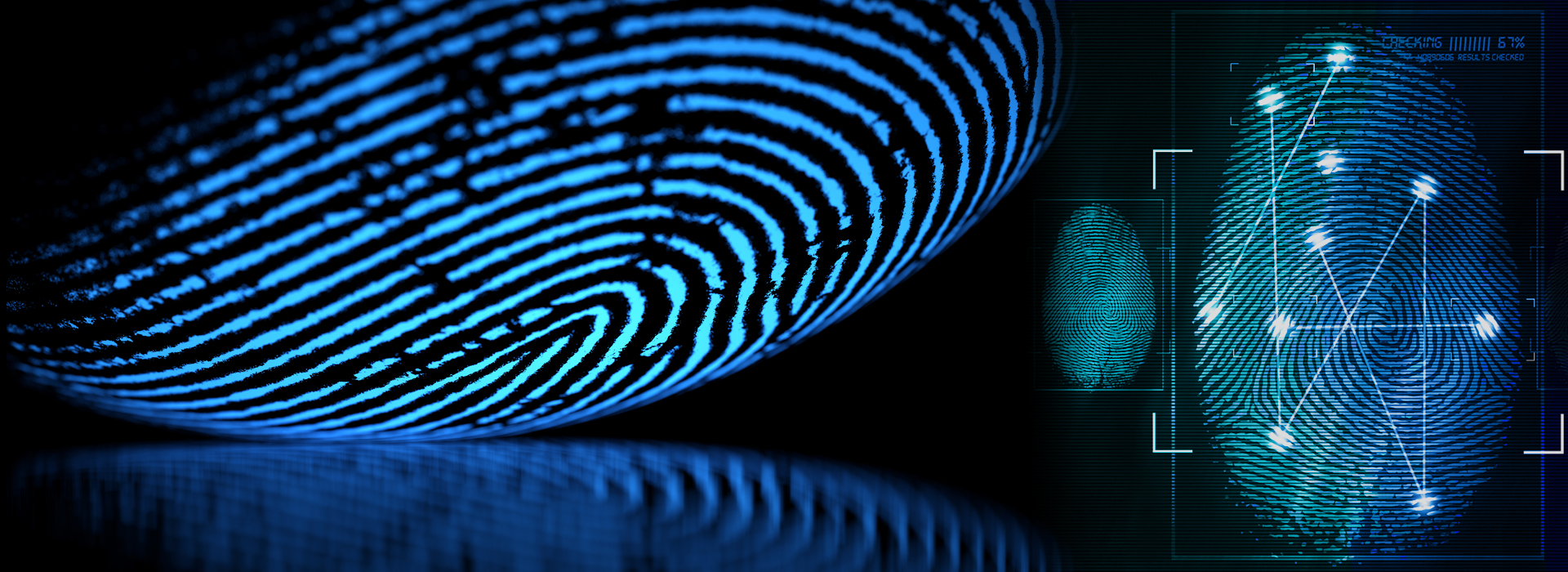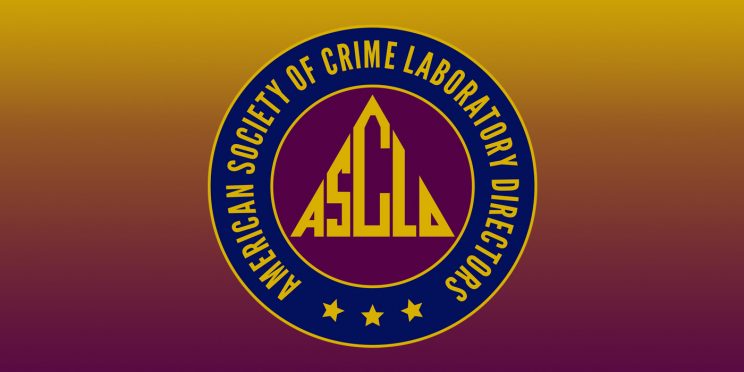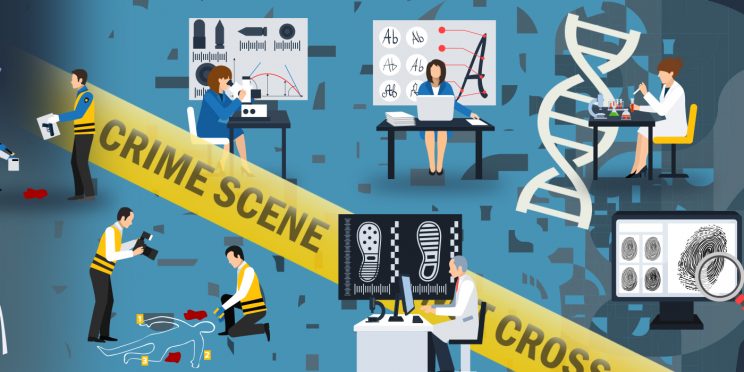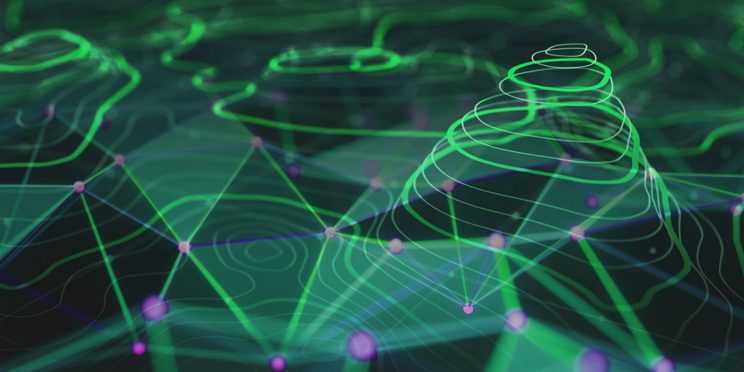National Institute of Justice and the Latent Print Research Community
Date
December 2021
Overview
The development of technologies to improve the objective collection, analysis, and interpretation of evidence is driven by the multiple stakeholders that make up the forensic science enterprise. Funders of research and development efforts play a key role in enabling testing, validation, and continuous improvement of forensic tools and techniques. Department of Justice (DOJ) funding mechanisms, through agencies such as the National Institute of Justice (NIJ) and the Federal Bureau of Investigation (FBI), support a rich portfolio of innovations that help sustain this forensic innovation ecosystem. This case study illustrates the impact of DOJ funding that enabled a company and university research team to create FLASH ID, a quantitative handwriting analysis software, which ultimately developed into a quantitative latent fingerprint-to-reference product, LatentSleuth.
“Effective funding programs have enabled 18 years of innovation that has improved practice in the forensic sciences.”
- Donald Gantz | George Mason University
Resources
- LatentSleuth Product Website
- FLASH ID Product Website
- FTCOE Webinar June 2021 - A Comprehensive Look at LatentSleuth (by Sciometrics, GMU, & VA DFS)
- 2014-IJ-CX-KO88: SDSU NIJ Final Report: Foundational Research into the Quantification of Forensic Evidence for Complex Evidential Forms Arising from Impression and Pattern Evidence.
- 2016-DN-BX-K004: VA DFS NIJ Final Report – March 2021 - Evaluation of an Emerging Automated Searching Technology to Improve the Efficiency and Reliability of Latent Print Comparisons
- 2017-IJ-CX-0029: GMU NIJ Final Report – Dec 2020 - Statistical Error Estimation for an Objective Measure of Similarity to a Latent Image
- 2009-DN-BX-K234: GMU NIJ Final Report: Quantifying the Effects of Database Size and Sample Quality on Measures of Individualization Validity and Accuracy in Forensics
Funding for this Forensic Technology Center of Excellence success story was provided by the National Institute of Justice, Office of Justice Programs, U.S. Department of Justice.
The opinions, findings, and conclusions or recommendations expressed in this success story are those of the author(s) and do not necessarily reflect those of the U.S. Department of Justice.
Contact us at ForensicCOE@rti.org with any questions and subscribe to our newsletter for notifications.




